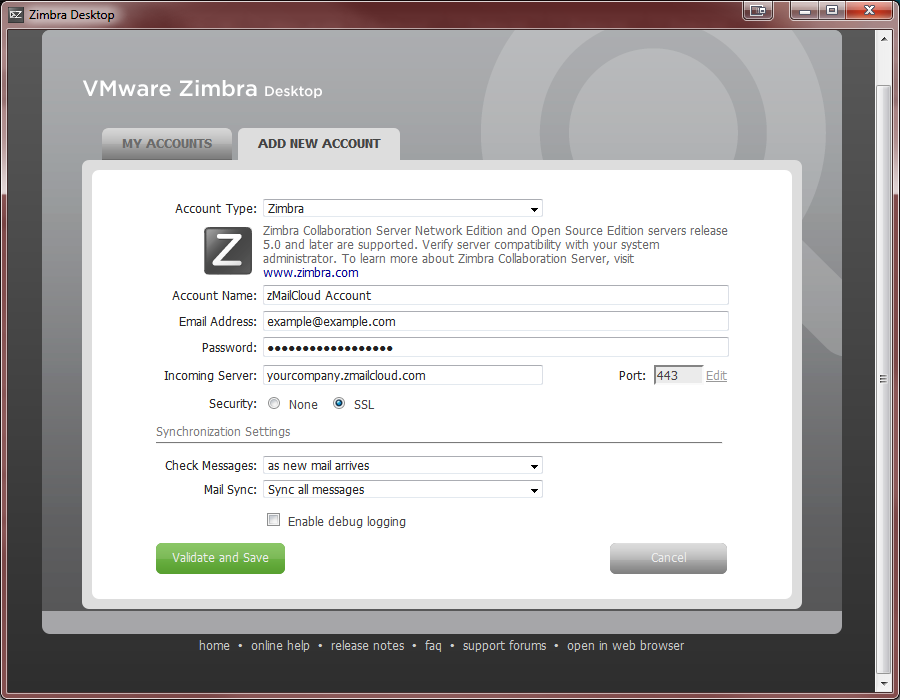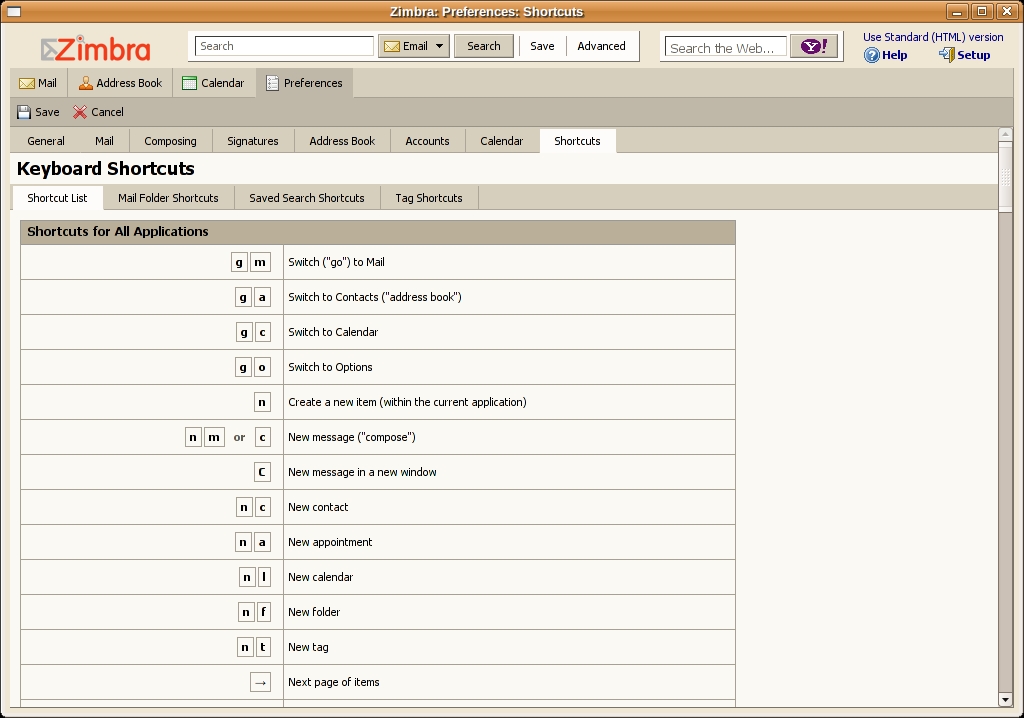

- #Zimbra desktop application install
- #Zimbra desktop application Offline
- #Zimbra desktop application download
But you must follow the above instructions or you will have nothing but trouble running the desktop client. You can then drag the icon to the GNOME panel or create a different type of launcher using the VERY lengthy command to start Zimbra Desktop. NOTE: Even if you do not use desktop icons, allow the icon to be created.
#Zimbra desktop application install
This will do two things: Install Zimbra Desktop in your home directory and create a desktop icon for you to start Zimbra Desktop. install.sh which will install the Zimbra Desktop client for your user’s use. Now, as standard user (either exit out of the root user prompt or do not use sudo) issue the command. If you do this your user will not have the correct permissions for the Zimbra Desktop instance. Walk through the installation steps, installing the base in the /opt directory.ĭo NOT let this instance of the installation install the Zimbra Desktop instance for your standard user. install.sh (NOTE: If you are using a distribution that requires you to change to the root user first issue the command su and enter the root user password. Issue the command tar xvzf zdesktop-XXX_linux_i686.tgz (Where XXX is the release number). Open up a terminal window and change to the directory containing the download. To actually get Zimbra Desktop up and running, you need to take these steps:ĭownload the latest version of Zimbra Desktop for Linux.

Unless you are only going to be installing it for root user access. The installation should be fairly straight-forward. That’s exactly what we are going to do today: Get Zimbra Desktop on your Linux machine and configured for both email and social networking. And although it may seem Zimbra is a breeze to install and set up, there are some tricks that you need to know in order to get it up and running and configured for your accounts.
#Zimbra desktop application Offline
Zimbra Desktop, according to the Zimbra site, “allows you to meld the online and offline worlds - storing and syncing your email, calendar, contacts, files and documents in the cloud, yet having them locally accessible when on the road.” That is a very apt description. That may be the case, but there is another Zimbra tool that should be on the lips of anyone looking for a great email/social client.
#Zimbra desktop application download
Download the compressed file from Zimbra website.The following procedure should be the same for 10.10 and 11.04. I have just installed latest Zimbra desktop in Ubuntu 11.10.


 0 kommentar(er)
0 kommentar(er)
